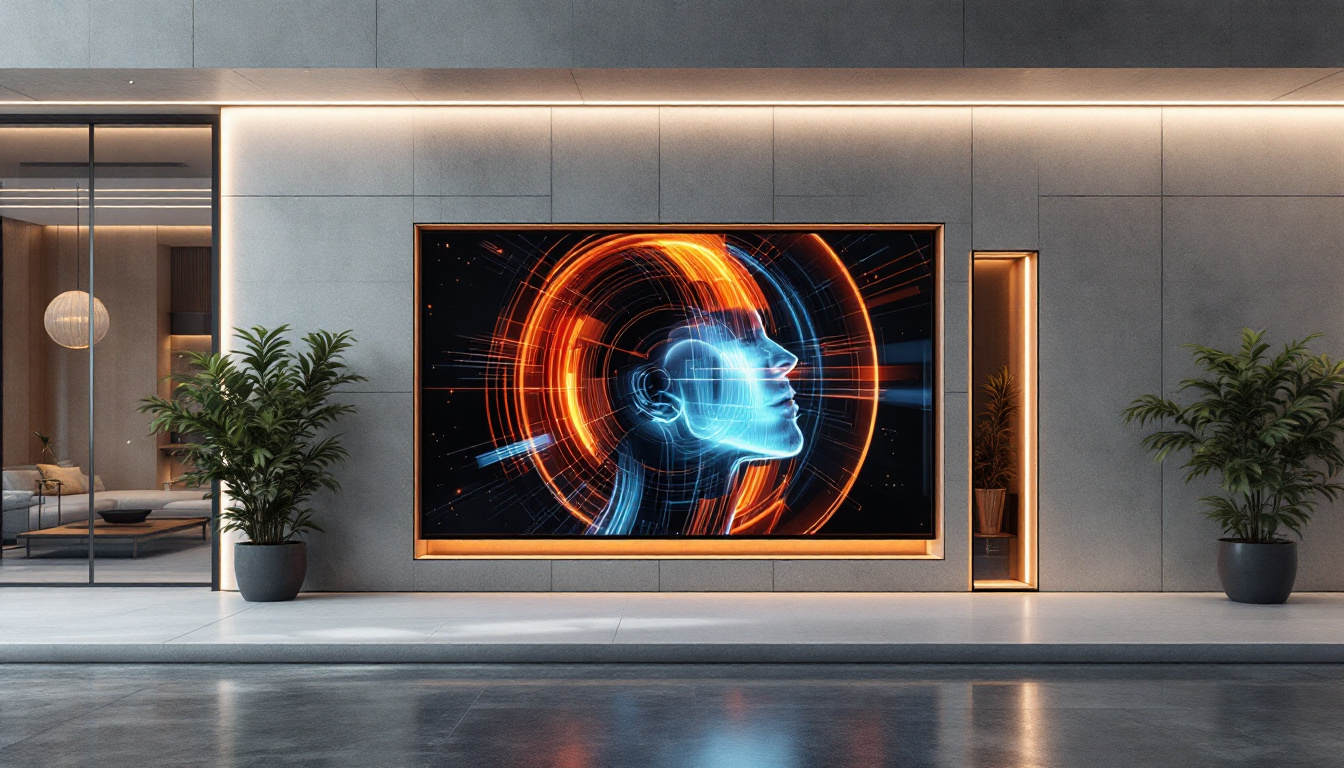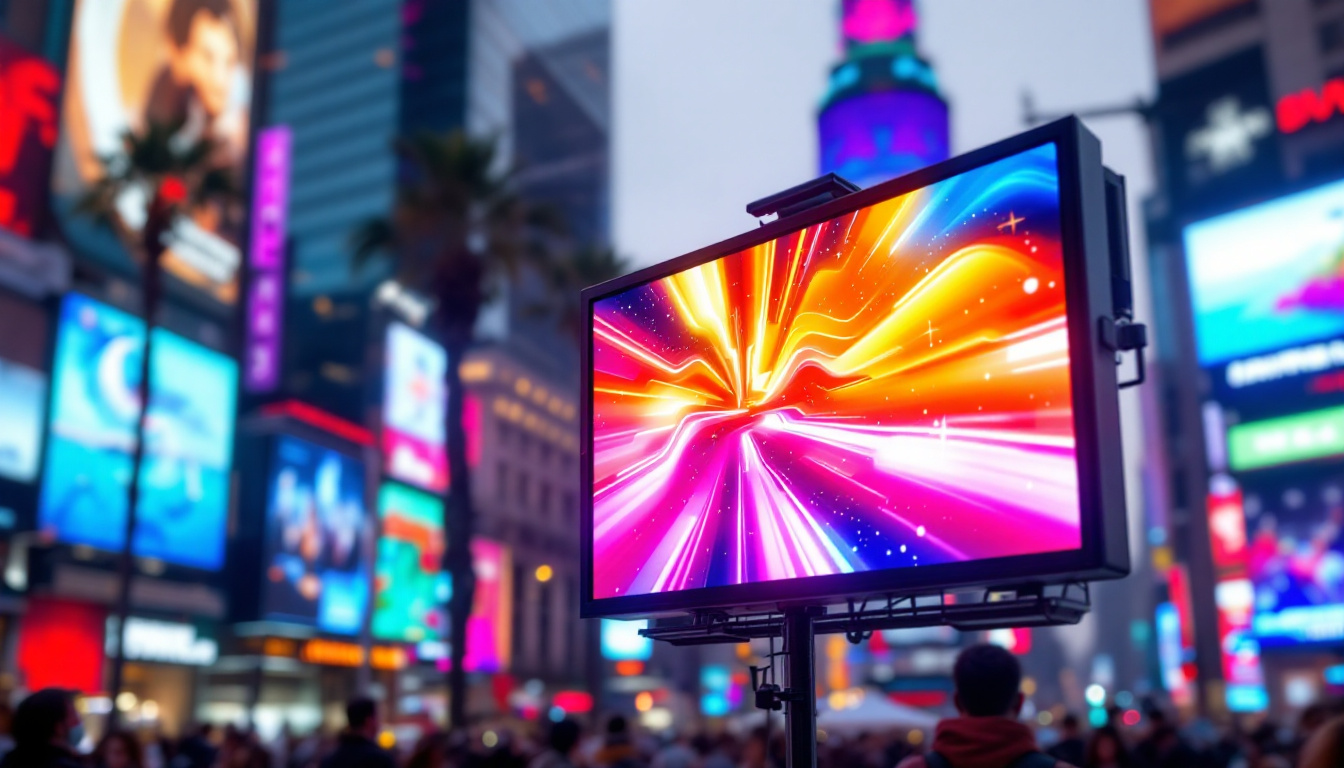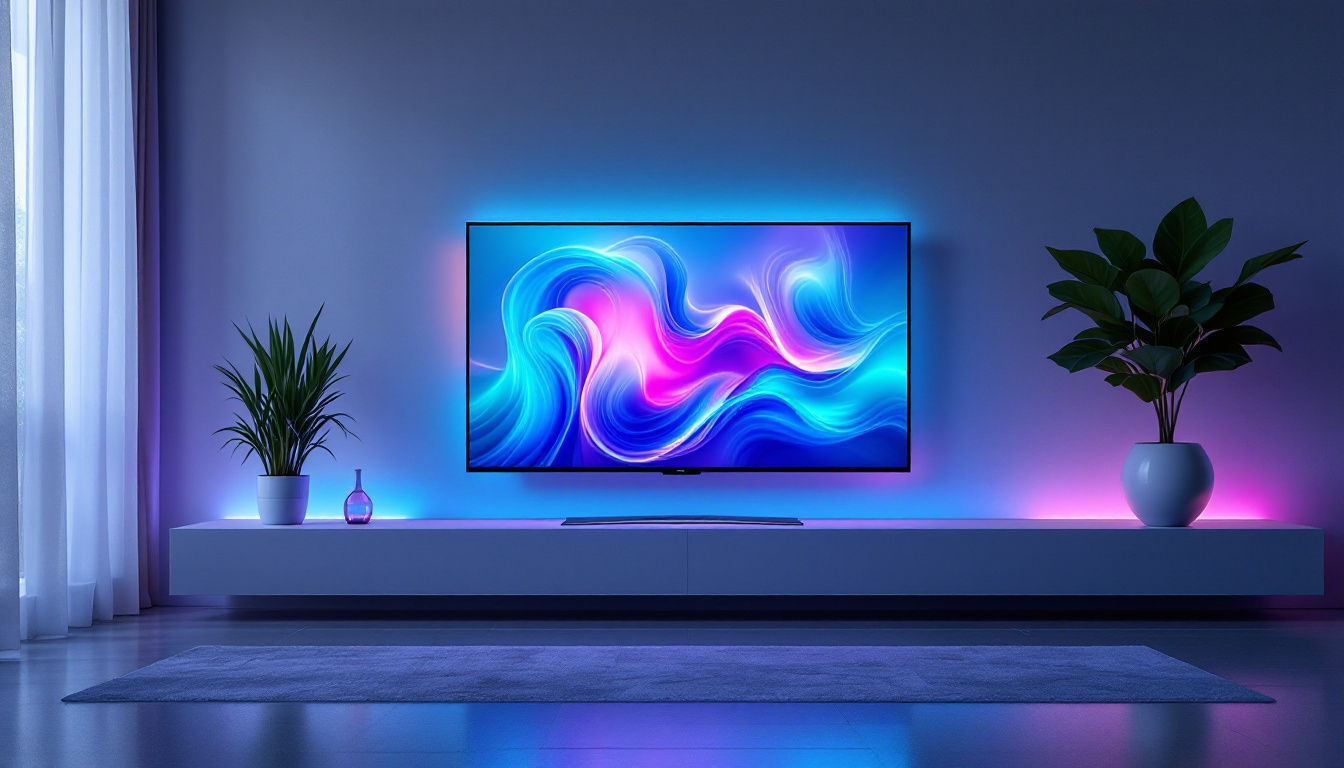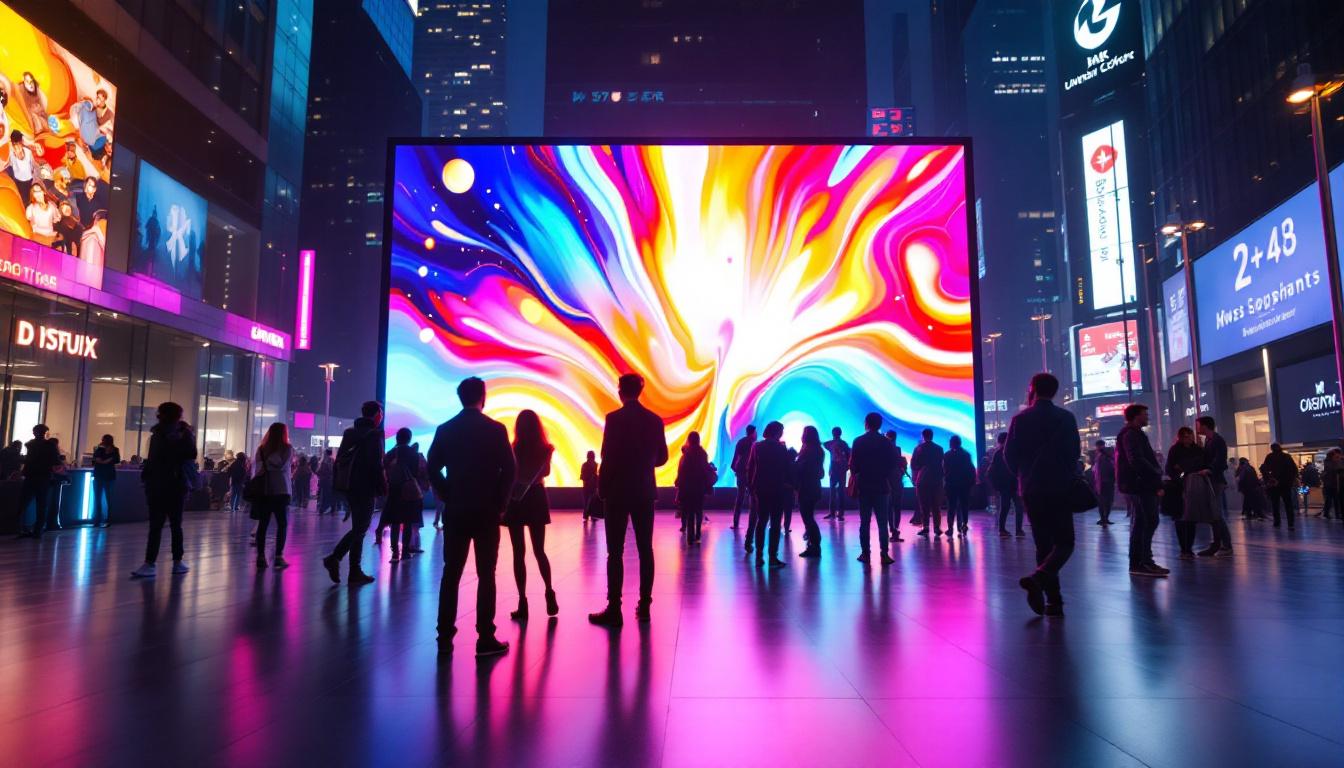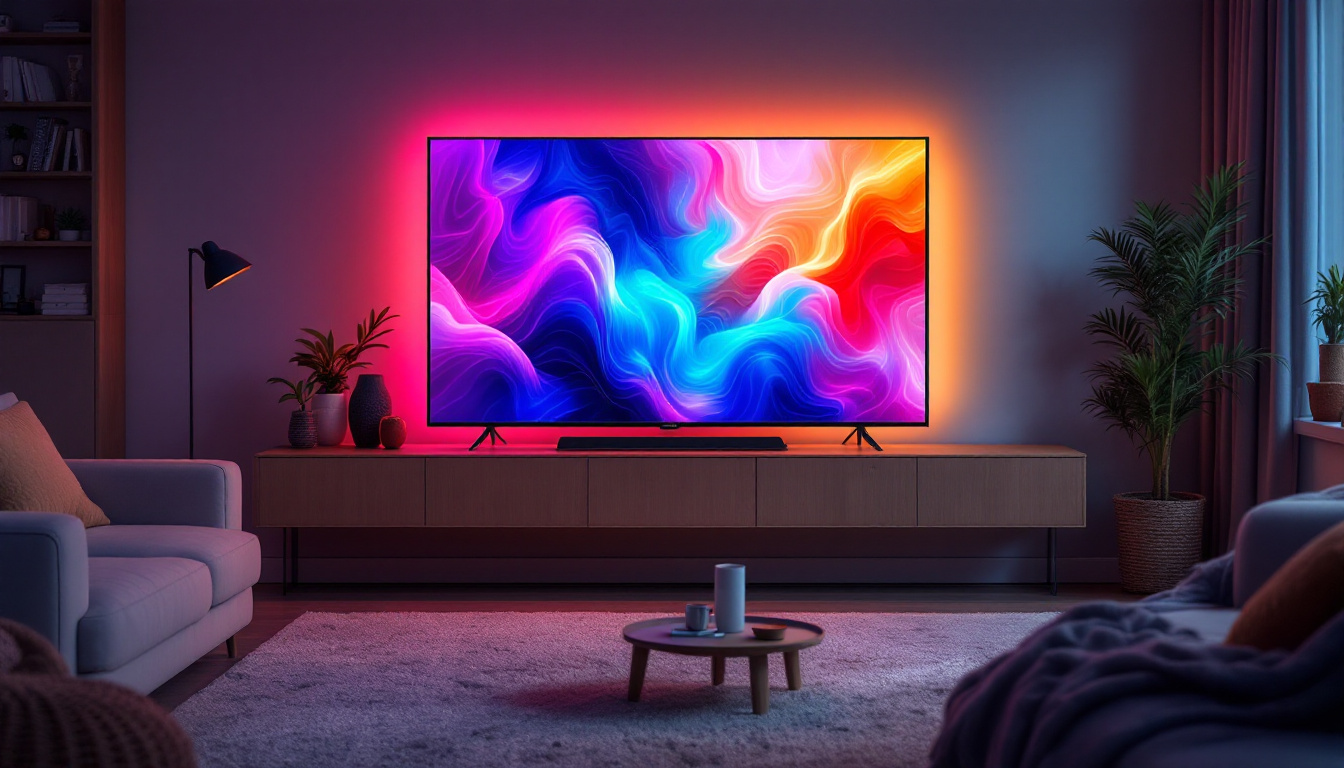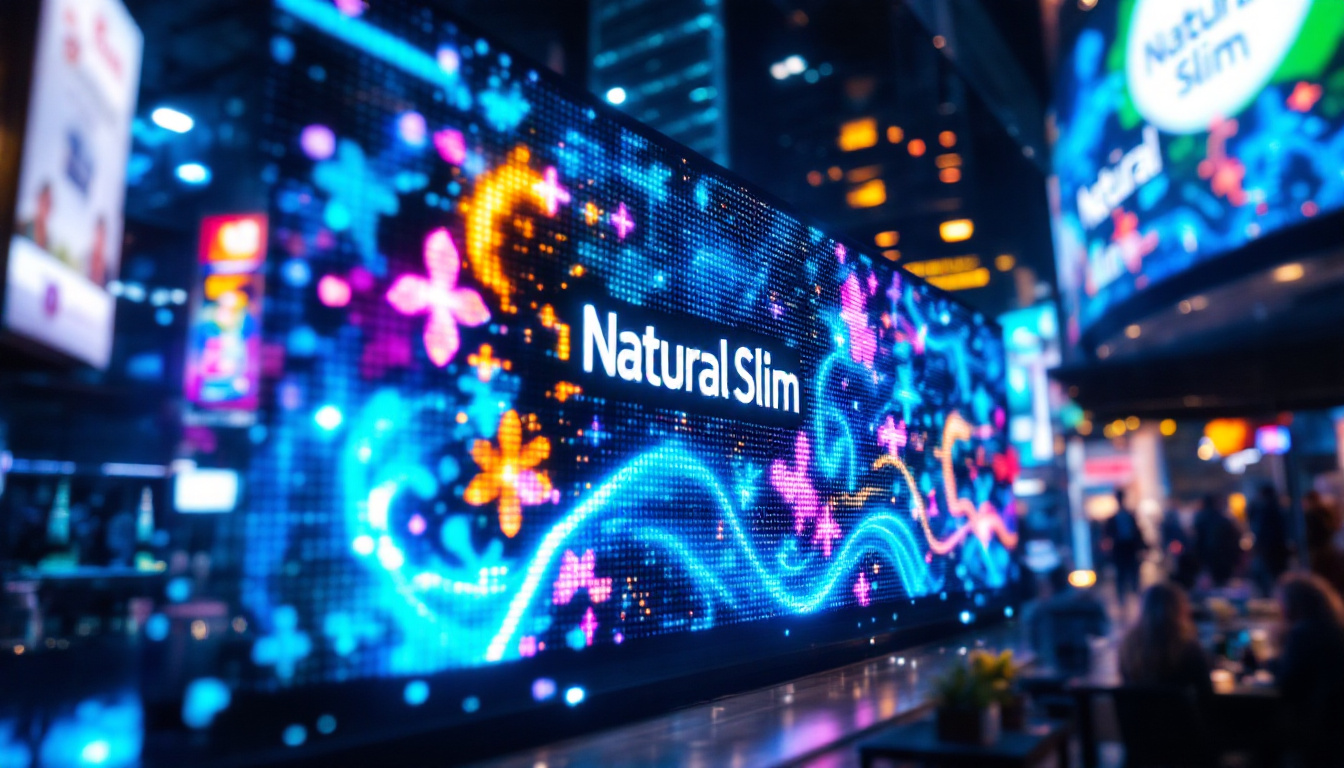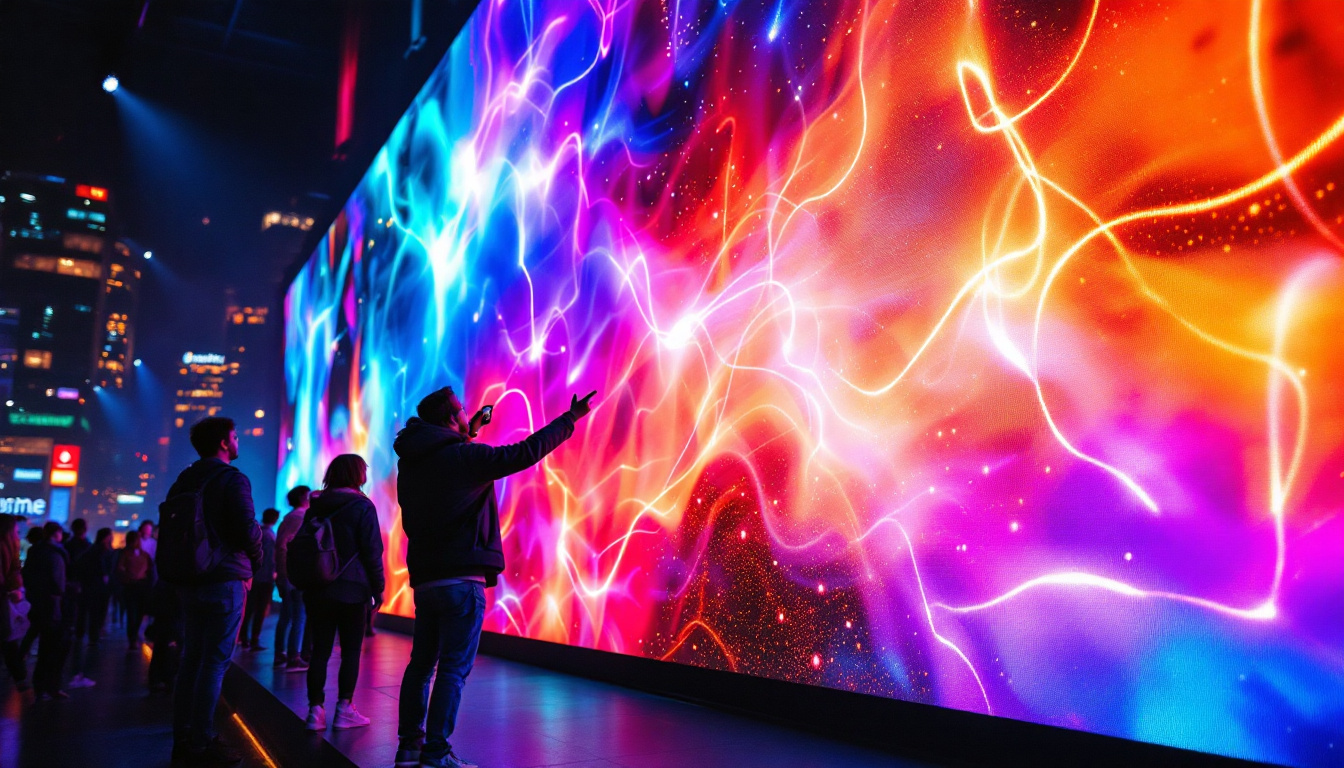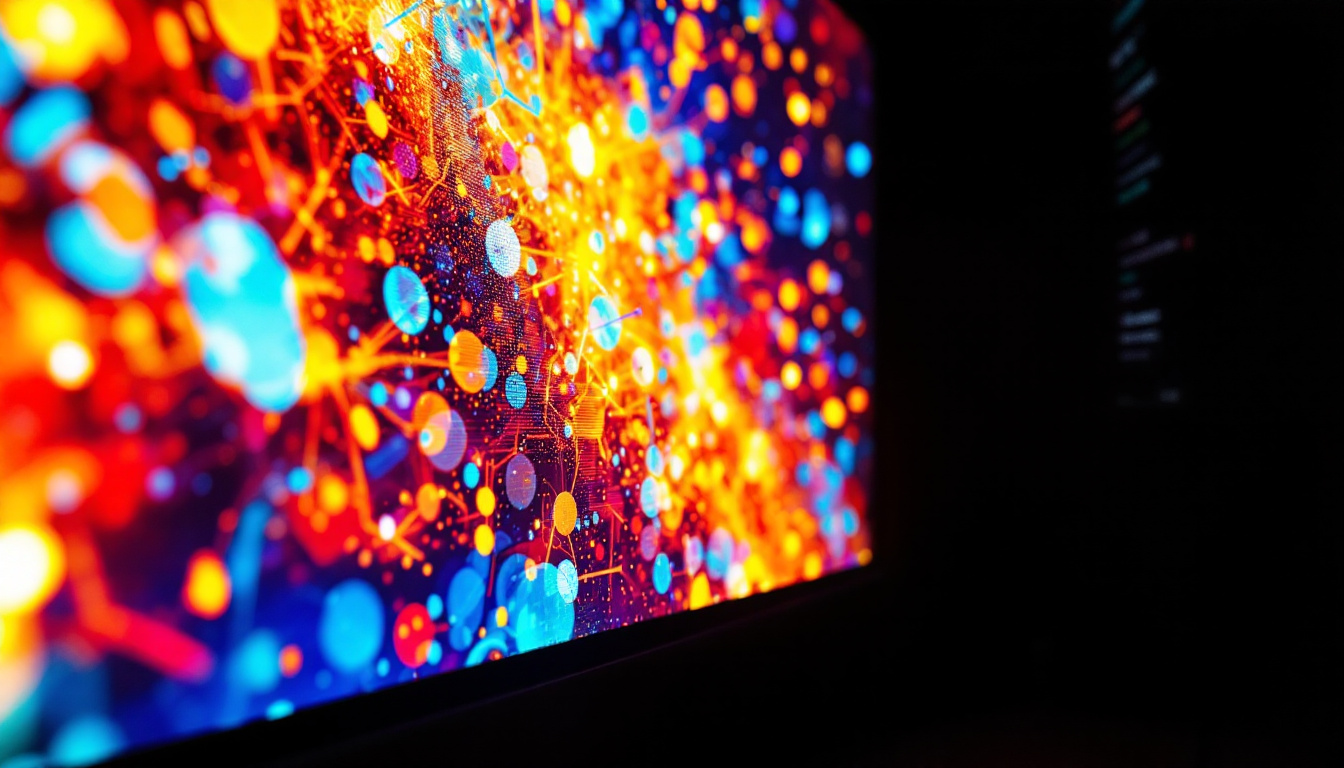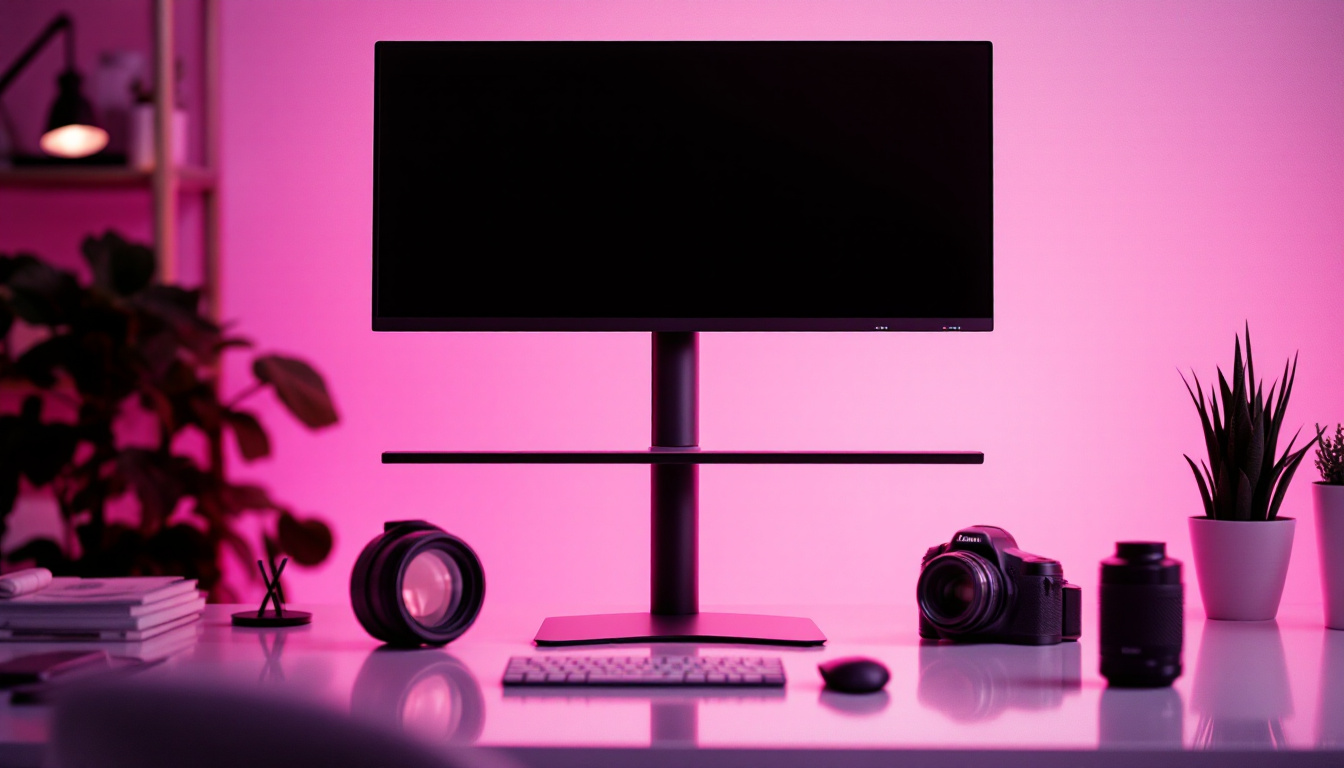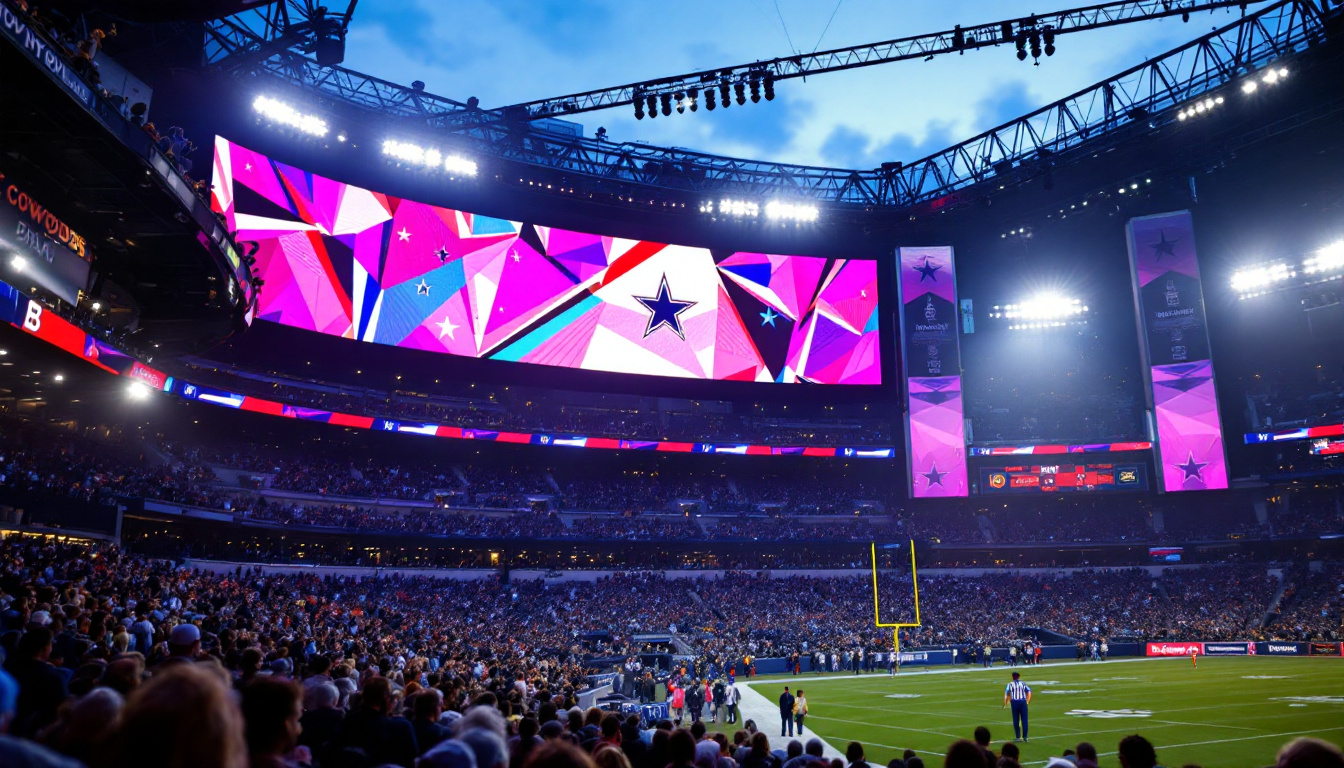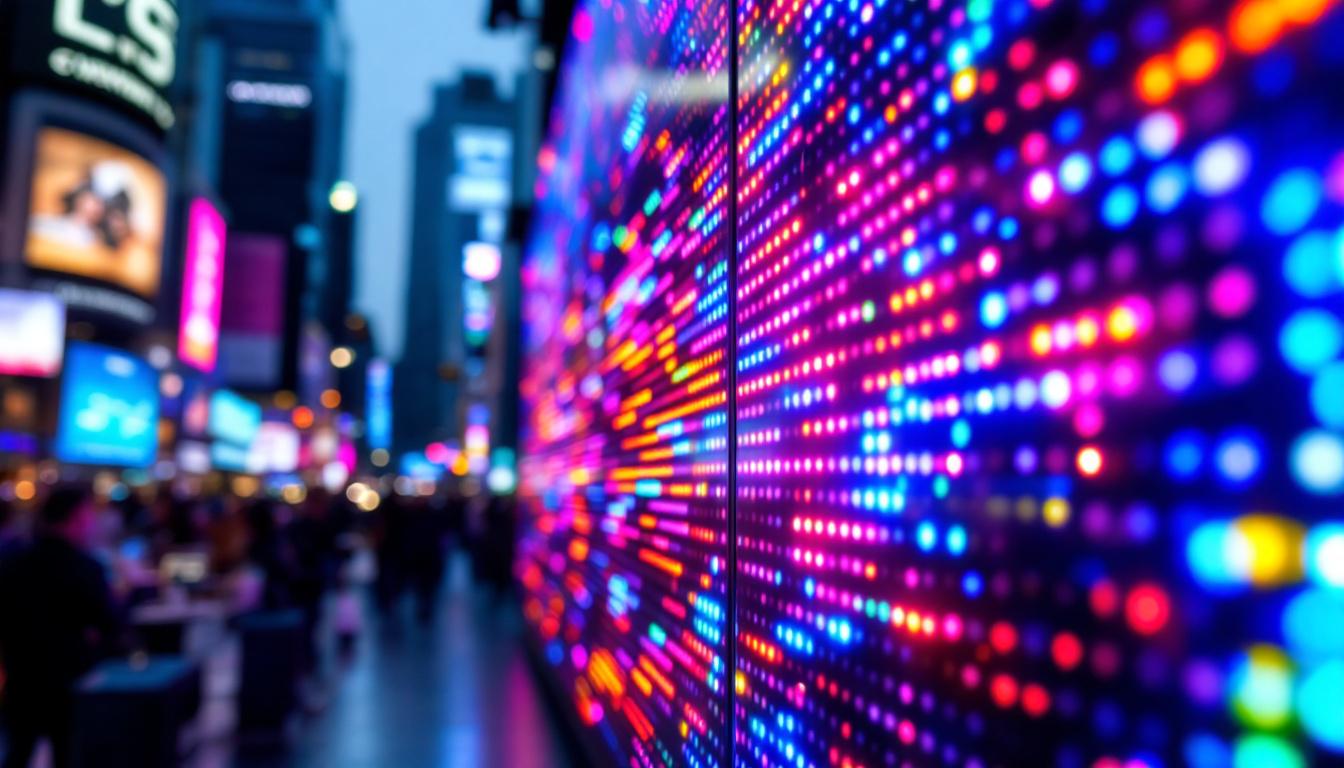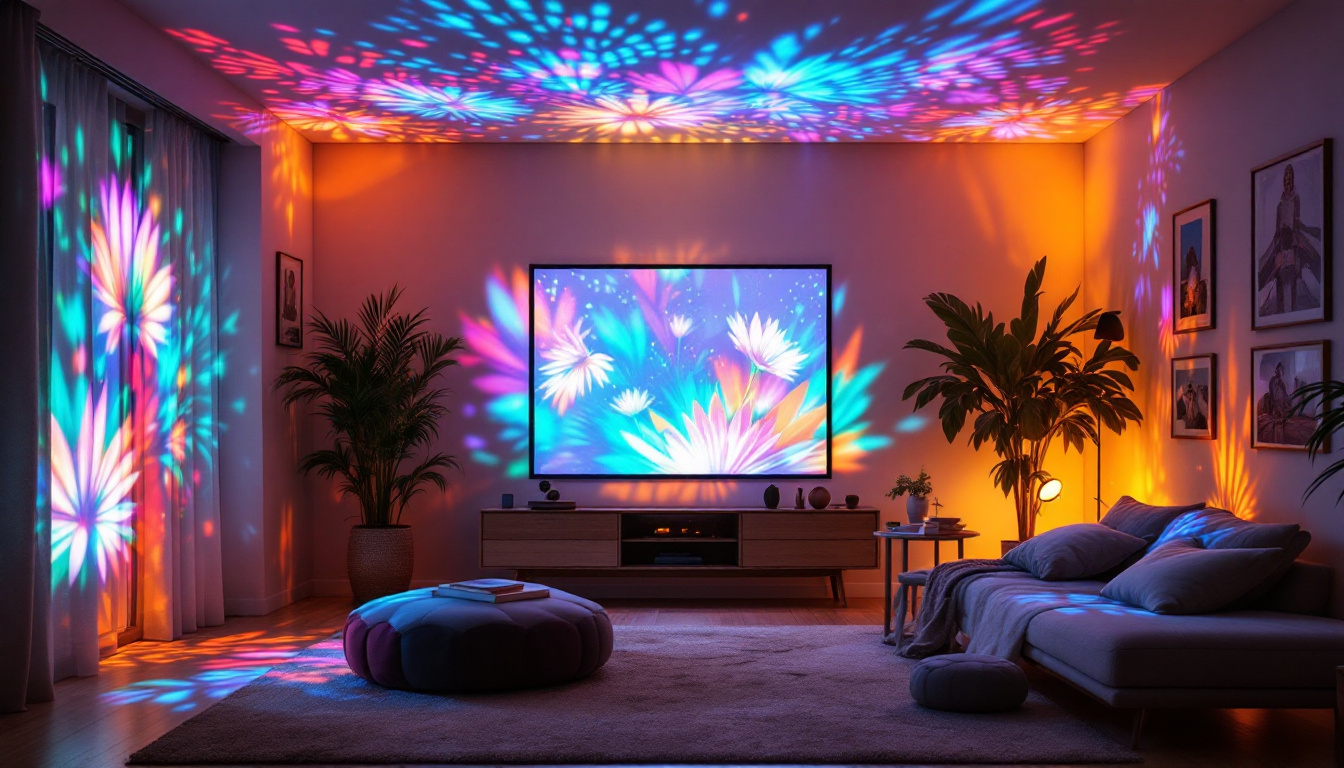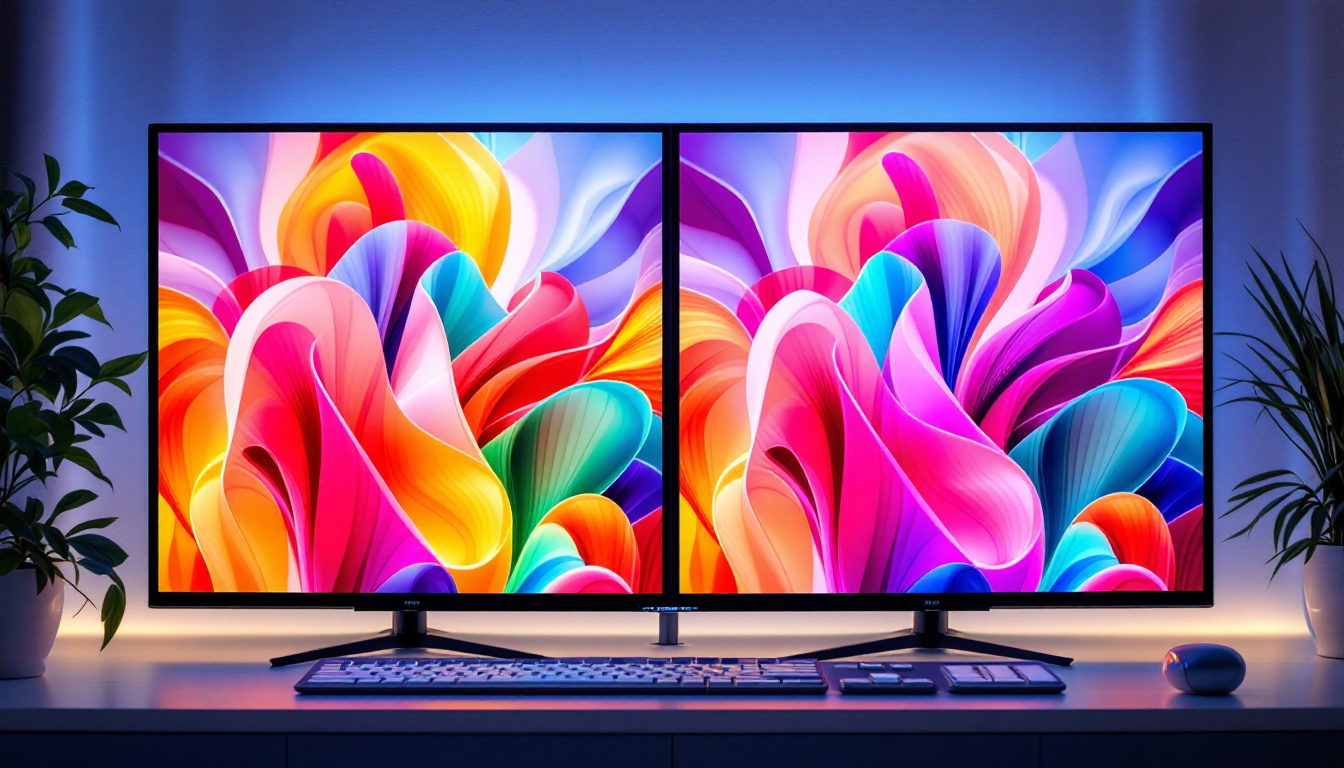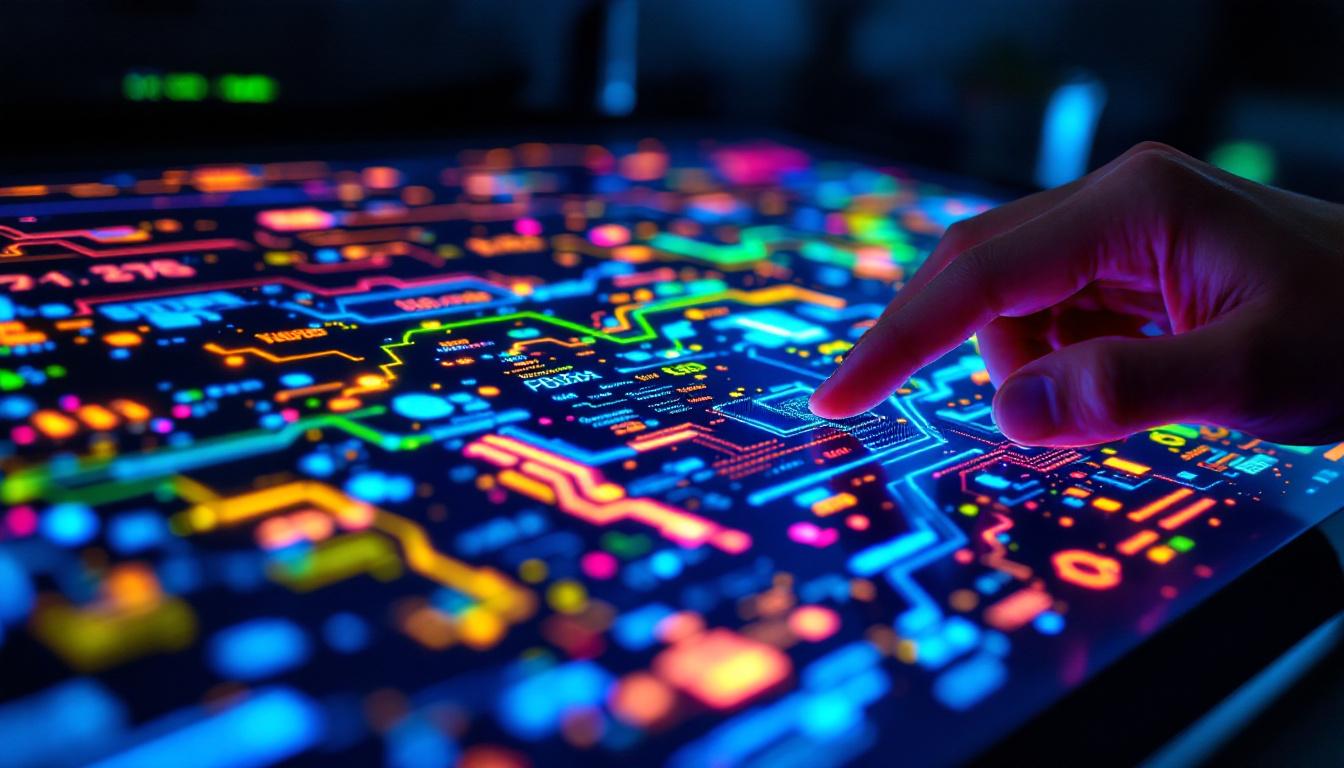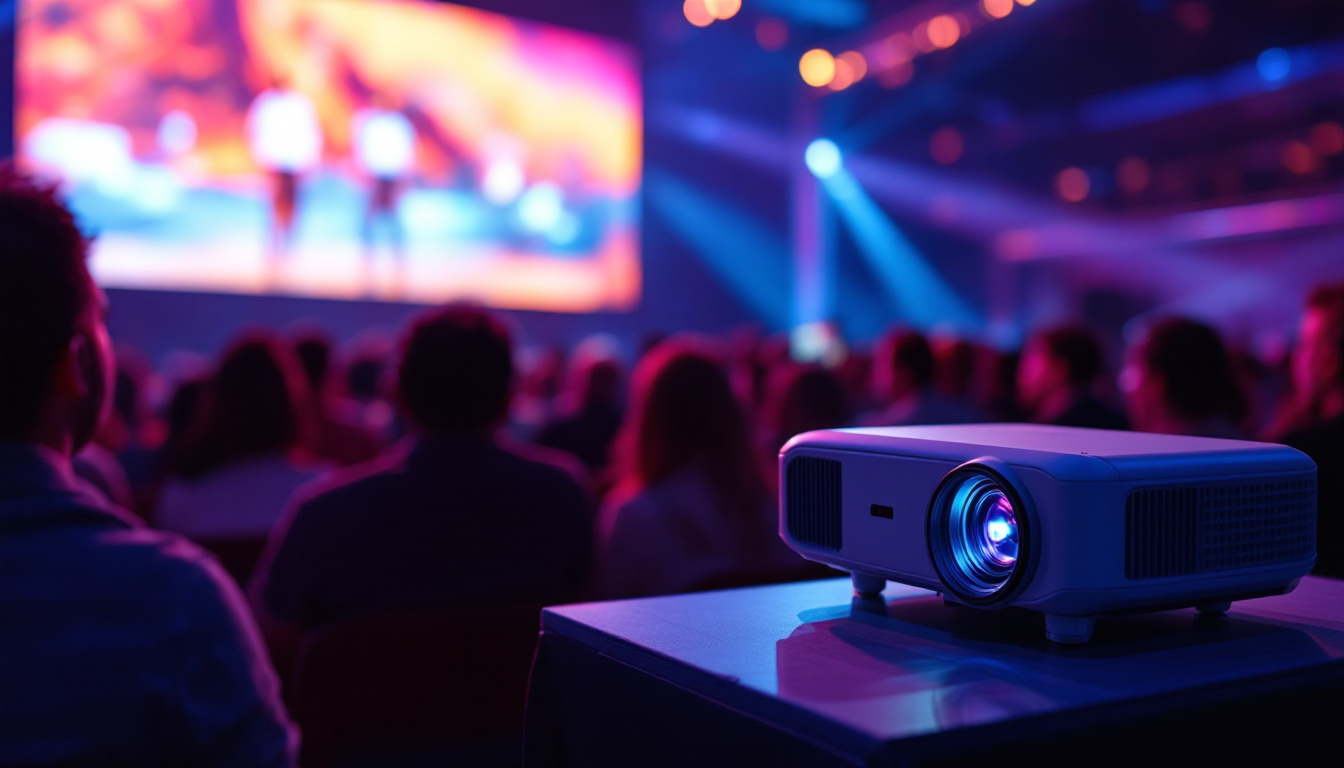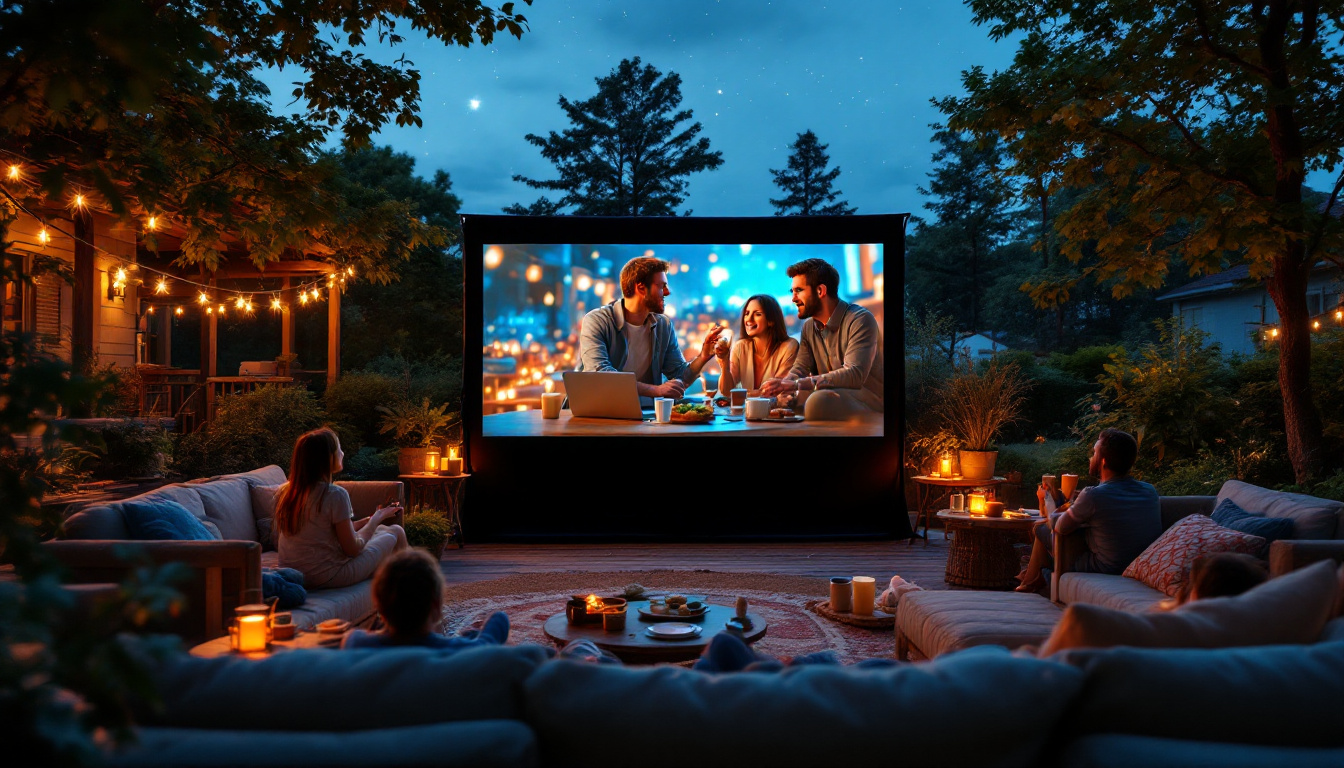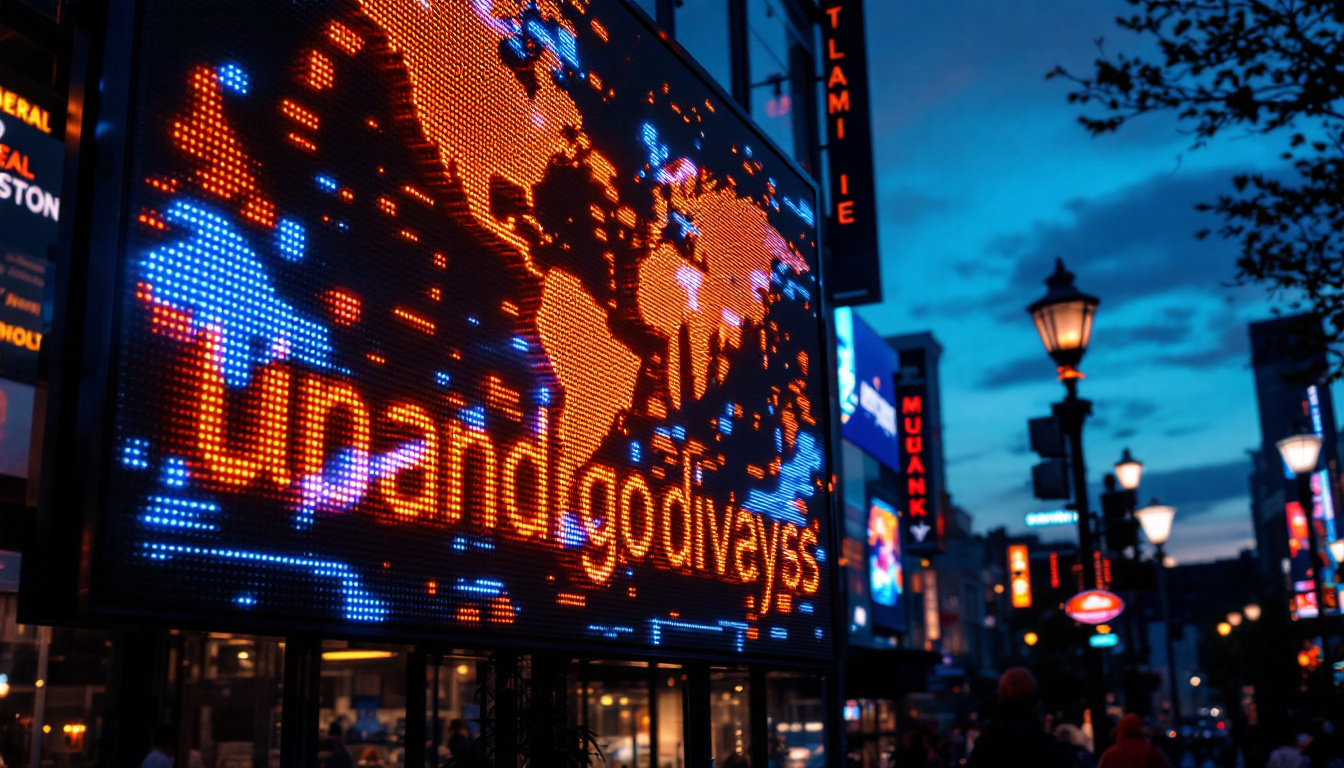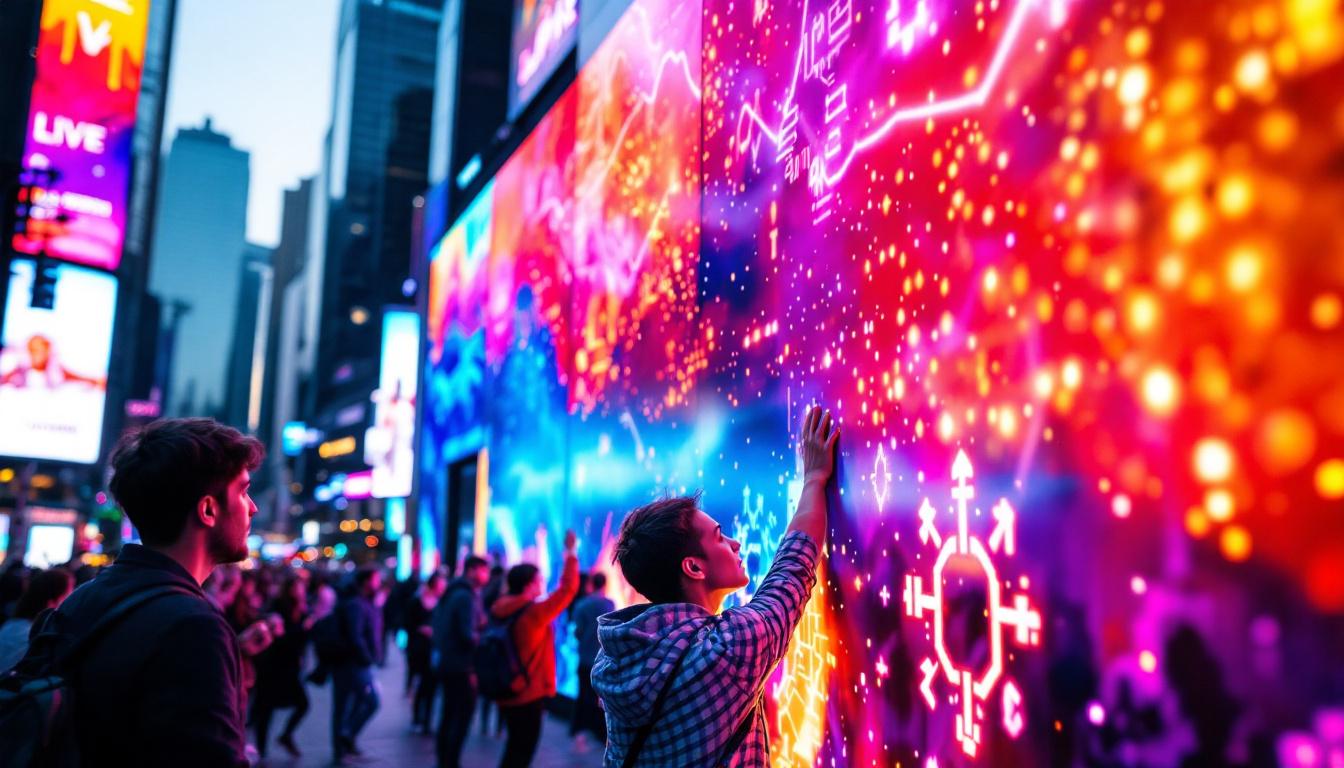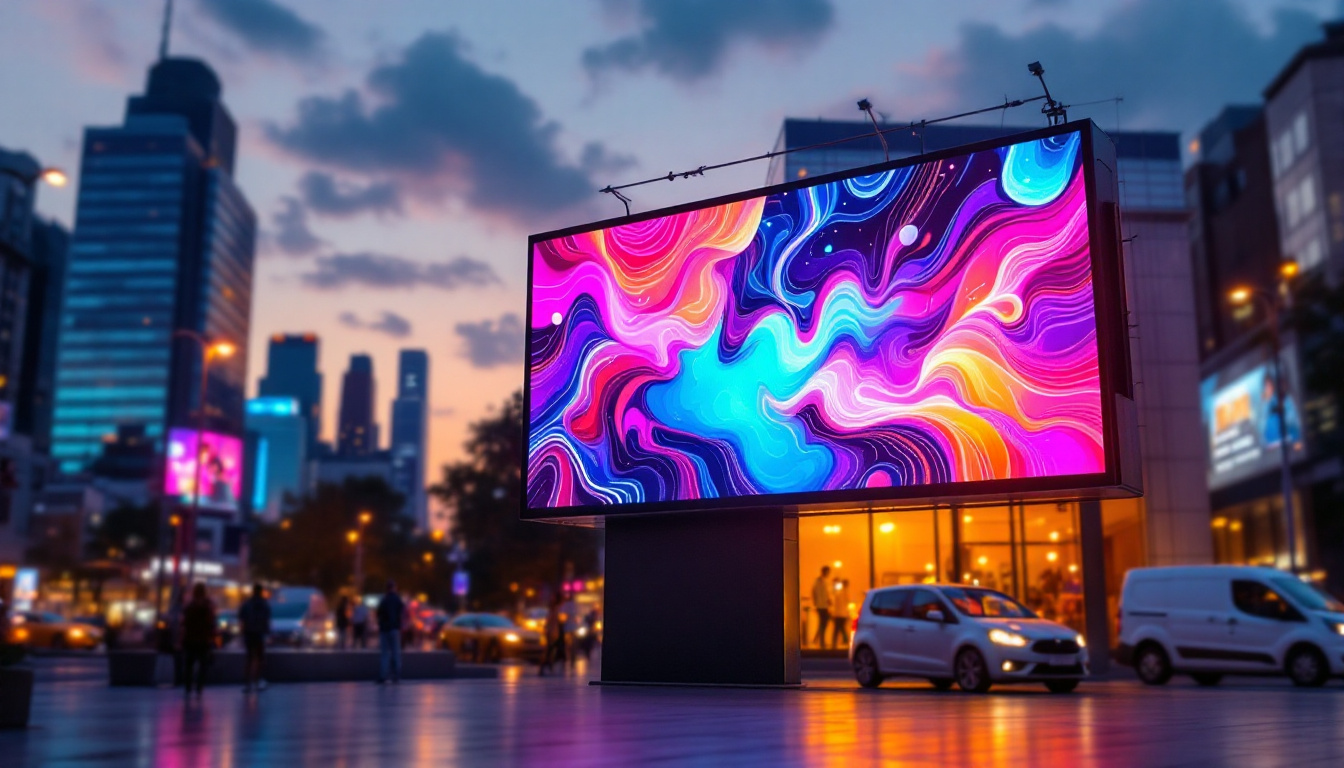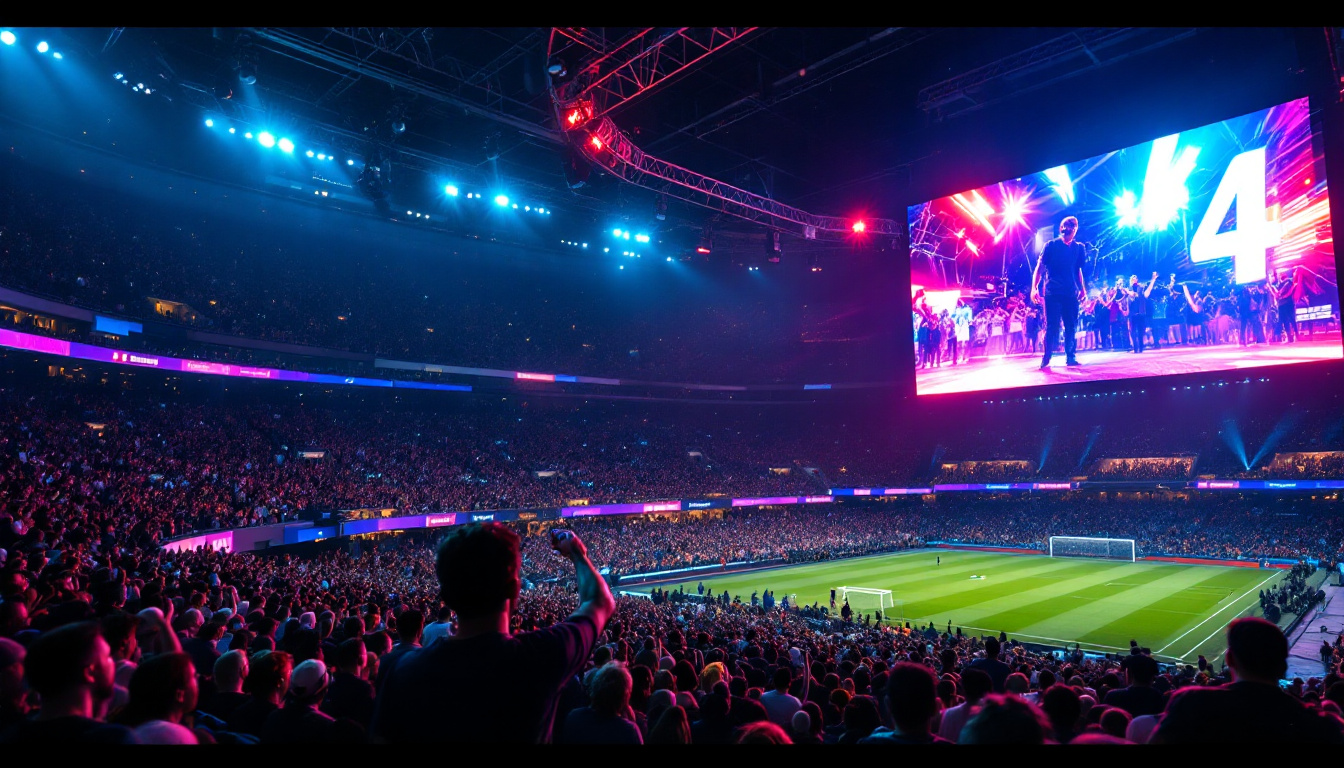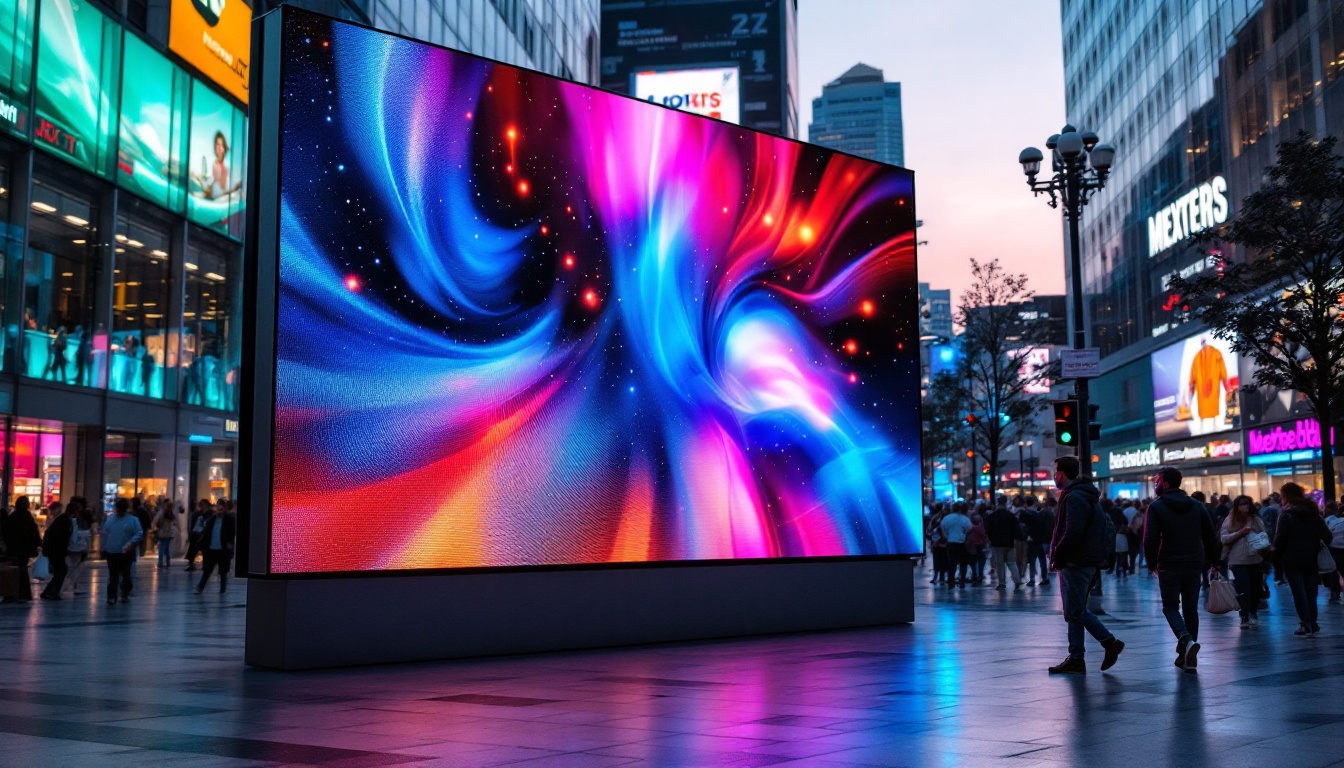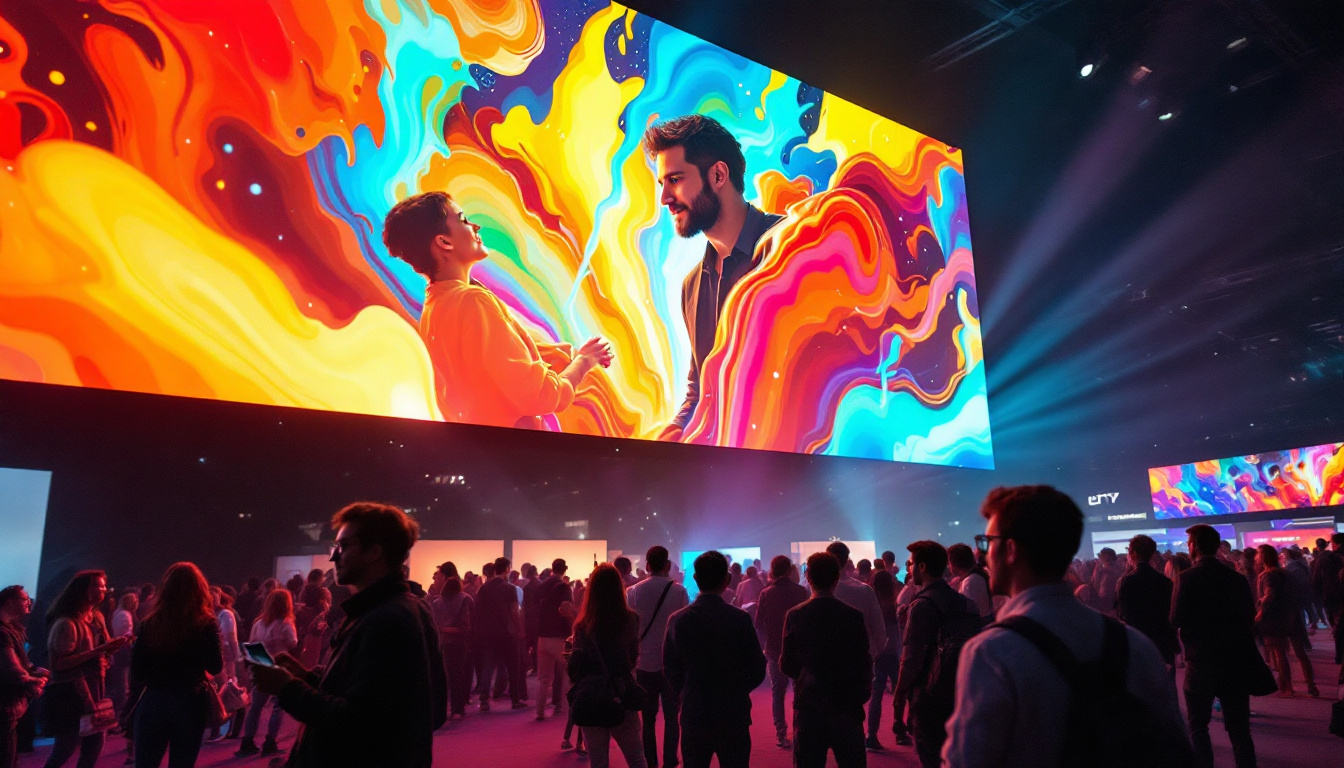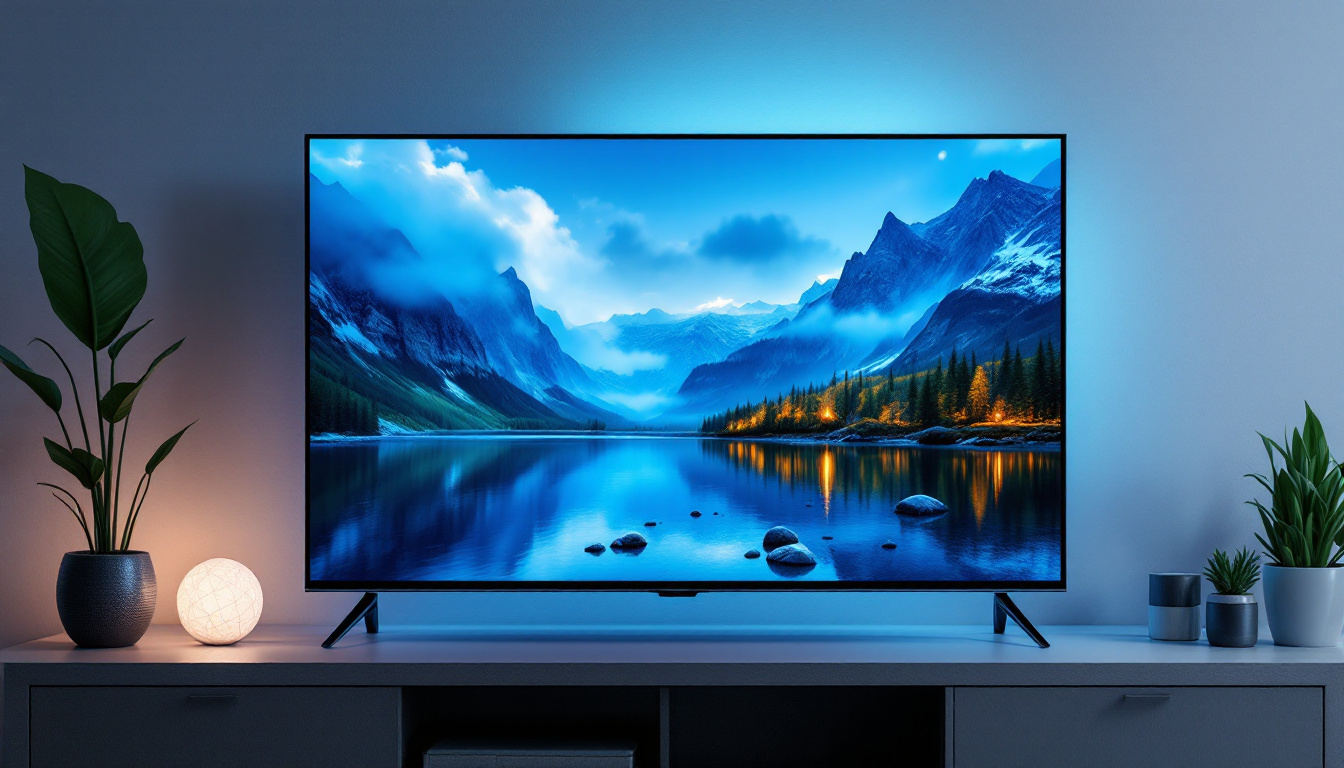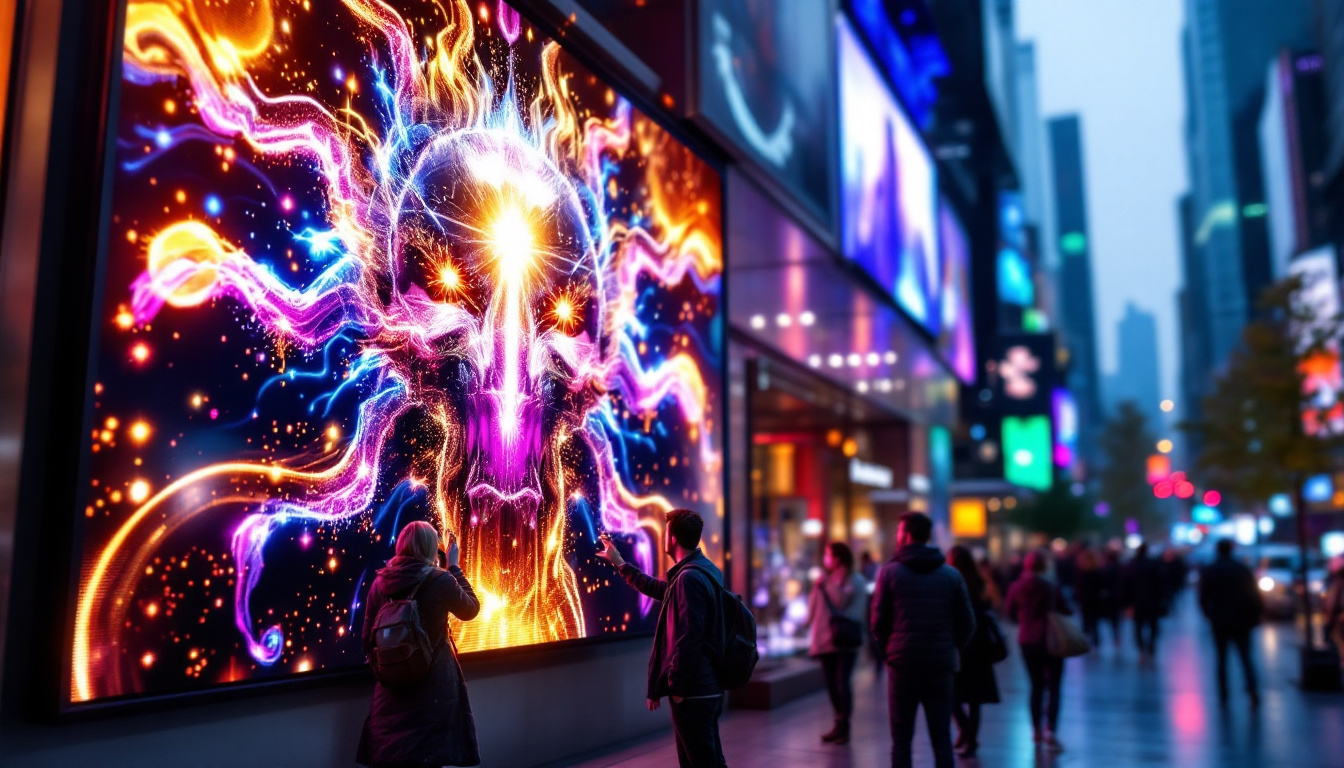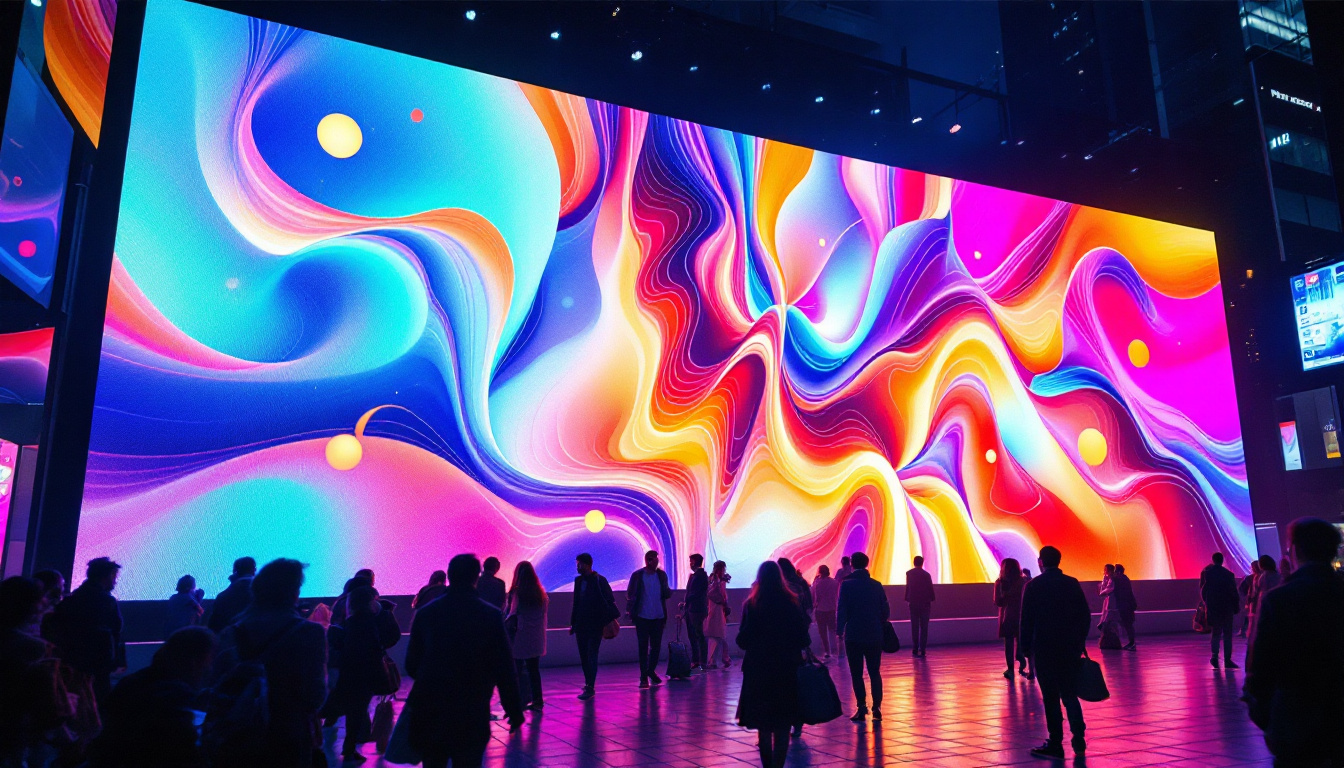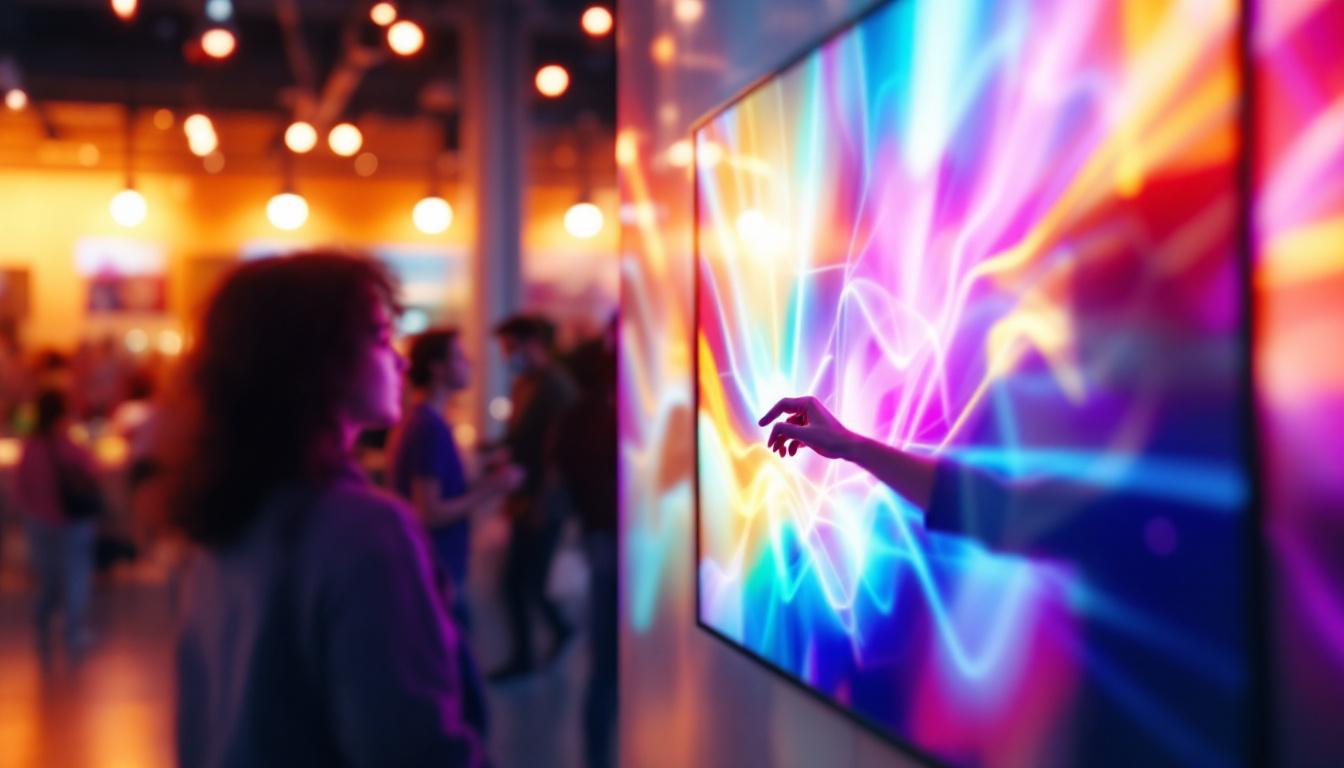In the realm of architectural design and construction, the integration of technology has become increasingly vital. One such advancement is the use of LED displays, which are now commonplace in commercial and public spaces. Understanding how to effectively incorporate these displays into architectural designs using software like Revit is essential for modern architects and designers. This article delves into the intricacies of wall sections in Revit, specifically focusing on the implementation and representation of LED displays.
Understanding Wall Sections in Revit
Wall sections in Revit serve as a critical component in architectural documentation. They provide detailed insights into the construction and assembly of walls, allowing designers to convey their intentions clearly to builders and stakeholders. A wall section typically illustrates the vertical slice of a wall, showcasing materials, finishes, and structural elements.
The Importance of Wall Sections
Wall sections are essential for several reasons. Firstly, they ensure that all parties involved in a project have a clear understanding of how walls are constructed. This clarity helps prevent miscommunication and errors during the construction phase. Secondly, wall sections can highlight specific design features, such as the integration of LED displays, which may require unique structural considerations.
Moreover, wall sections allow for the representation of various materials and finishes, providing a comprehensive view of the wall assembly. This is particularly important when dealing with advanced technologies like LED displays, which may necessitate special mounting systems or electrical considerations. For instance, a wall section may need to illustrate not only the wall’s insulation and framing but also the pathways for wiring and the structural reinforcements required to support the weight of the display. This level of detail ensures that all trades involved, from electrical to structural, can coordinate effectively.
Creating Wall Sections in Revit
Creating wall sections in Revit involves a systematic approach. Designers begin by selecting the appropriate wall type from the Revit library, ensuring it aligns with the project requirements. Once the wall is placed, the section tool can be used to define the cut line, which determines what will be visible in the section view.
After generating the wall section, designers can customize the view by adding annotations, dimensions, and other relevant details. This is where the integration of LED displays can be addressed. By incorporating specific notes or symbols, designers can indicate where the LED display will be mounted and any associated electrical requirements. Additionally, designers may choose to include details about the wall’s thermal performance, sound insulation properties, or fire resistance ratings, which are crucial for compliance with building codes and enhancing occupant comfort. These considerations not only elevate the quality of the design but also serve as a valuable resource for contractors during the build phase, ensuring that the final product aligns with the original vision.
Integrating LED Displays into Wall Sections
LED displays have unique characteristics that must be considered during the design process. Their integration into wall sections requires careful planning to ensure functionality, aesthetics, and compliance with building codes. This section explores the various aspects of integrating LED displays into wall sections in Revit.
Design Considerations for LED Displays
When designing wall sections that include LED displays, several factors must be taken into account. First and foremost is the structural integrity of the wall. LED displays can be heavy, and the wall must be able to support the weight without compromising safety. This may require additional framing or reinforcement, which should be clearly represented in the wall section.
Another critical consideration is the electrical requirements of the LED display. Proper wiring and connections must be planned and documented in the wall section. This includes ensuring that there are adequate power sources and that all electrical components comply with local codes and regulations.
Moreover, it is essential to consider the cooling requirements of LED displays, as they can generate heat during operation. Adequate ventilation or cooling systems may need to be integrated into the wall design to prevent overheating, which can lead to reduced performance or even damage to the display. This aspect should be detailed in the wall section to ensure that all necessary provisions are made for effective heat dissipation.
Aesthetics and Visibility
Aesthetics play a significant role in the integration of LED displays into wall sections. The placement of the display should enhance the overall design of the space while ensuring optimal visibility. Factors such as viewing angles, ambient light conditions, and the surrounding architectural elements should be evaluated to achieve the best results.
In Revit, designers can utilize visualization tools to simulate how the LED display will appear within the context of the wall section. This can aid in making informed decisions about size, placement, and surrounding materials, ensuring that the final design is both functional and visually appealing.
Additionally, the choice of materials surrounding the LED display can significantly impact its visual integration. Designers may opt for materials that complement the display’s brightness and color, such as matte finishes that reduce glare or reflective surfaces that enhance visibility. The interplay of light and texture can create a dynamic visual experience, drawing attention to the display while maintaining harmony with the overall design theme of the space. Furthermore, considering the potential for branding or messaging on the LED display, the wall section should also accommodate any necessary signage or graphics that align with the intended use of the display.
Documenting LED Displays in Revit
Once the design and integration of the LED display are finalized, proper documentation is essential. This ensures that all stakeholders have access to the necessary information for construction and installation. In Revit, documentation can be streamlined through various tools and features.
Using Annotations and Tags
Annotations and tags are vital for conveying information about the LED display in wall sections. Designers can use these tools to label the display, indicate its specifications, and provide installation instructions. This level of detail is crucial for contractors who will be responsible for the physical installation of the display.
Additionally, including notes about maintenance and access points for servicing the LED display can prevent future complications. Proper documentation ensures that the installation process is smooth and that the display functions as intended throughout its lifecycle.
Creating Detailed Drawings
In Revit, creating detailed drawings of wall sections with LED displays can enhance clarity and communication. These drawings can include exploded views, which break down the components of the wall assembly, highlighting the LED display’s integration.
Furthermore, designers can produce schedules that list all materials and components associated with the LED display. This not only aids in procurement but also ensures that all necessary items are accounted for during construction.
Challenges in Integrating LED Displays
While integrating LED displays into wall sections can enhance a project, it is not without its challenges. Understanding these potential issues can help designers proactively address them during the design phase.
Structural Challenges
As previously mentioned, the structural integrity of the wall is paramount when incorporating an LED display. Designers must ensure that the wall can support the weight and any additional stress caused by the display. This may involve collaborating with structural engineers to develop solutions that maintain safety and compliance.
Moreover, the mounting system for the LED display must be carefully selected. Various mounting options exist, each with its own set of requirements and implications for the wall structure. Designers must evaluate these options and choose the most suitable one for their specific project.
Technical Challenges
Technical challenges can also arise when integrating LED displays into wall sections. These may include issues related to power supply, connectivity, and control systems. Ensuring that all electrical components are compatible and that the installation adheres to local codes is crucial.
Furthermore, designers must consider the impact of environmental factors on the LED display. For example, displays exposed to direct sunlight may require special treatments to reduce glare and ensure visibility. Addressing these technical challenges early in the design process can lead to more successful outcomes.
Future Trends in LED Displays and Wall Sections
The landscape of LED displays is continually evolving, driven by advancements in technology and changing consumer preferences. As these trends emerge, they will undoubtedly influence how designers approach wall sections in Revit.
Advancements in LED Technology
Recent advancements in LED technology have led to thinner, lighter displays with improved energy efficiency. These developments allow for more flexible design options, enabling designers to create innovative wall sections that were previously unattainable.
For instance, flexible LED screens can be integrated into curved or irregular wall sections, opening up new possibilities for architectural expression. As these technologies become more accessible, designers will need to adapt their approaches to accommodate these innovations.
Increased Focus on Sustainability
As sustainability becomes a central concern in architecture and design, the integration of LED displays will also be influenced by eco-friendly practices. Designers will need to consider the environmental impact of the materials used in wall sections and the energy consumption of LED displays.
Incorporating sustainable materials and energy-efficient technologies will not only benefit the environment but also enhance the overall appeal of the design. This shift towards sustainability will require designers to stay informed about emerging practices and materials in the industry.
Conclusion
Integrating LED displays into wall sections in Revit presents both opportunities and challenges for architects and designers. By understanding the intricacies of wall sections and the specific requirements of LED technology, designers can create functional and aesthetically pleasing solutions that meet the needs of modern spaces.
As technology continues to advance and sustainability becomes increasingly important, the role of LED displays in architectural design will only grow. Embracing these changes and adapting to new trends will be essential for professionals in the field, ensuring that they remain at the forefront of innovation.
In summary, mastering the integration of LED displays into wall sections is not just about technical proficiency; it is about creating designs that resonate with users and enhance the built environment. By leveraging the capabilities of Revit and staying informed about industry trends, designers can achieve remarkable results that stand the test of time.
Explore Cutting-Edge LED Display Solutions with LumenMatrix
Ready to elevate your architectural designs with the latest in LED display technology? LumenMatrix is at the forefront of innovation, offering a diverse range of LED display modules tailored to your needs. From captivating Indoor LED Wall Displays to dynamic Outdoor LED Wall Displays, and from versatile Vehicle LED Displays to engaging LED Sports Displays, our solutions are designed to enhance brand visibility and create unforgettable visual experiences. Embrace the future of visual communication with LumenMatrix’s advanced digital signage and LED display solutions. Check out LumenMatrix LED Display Solutions today and transform your space into a beacon of innovation and engagement.

